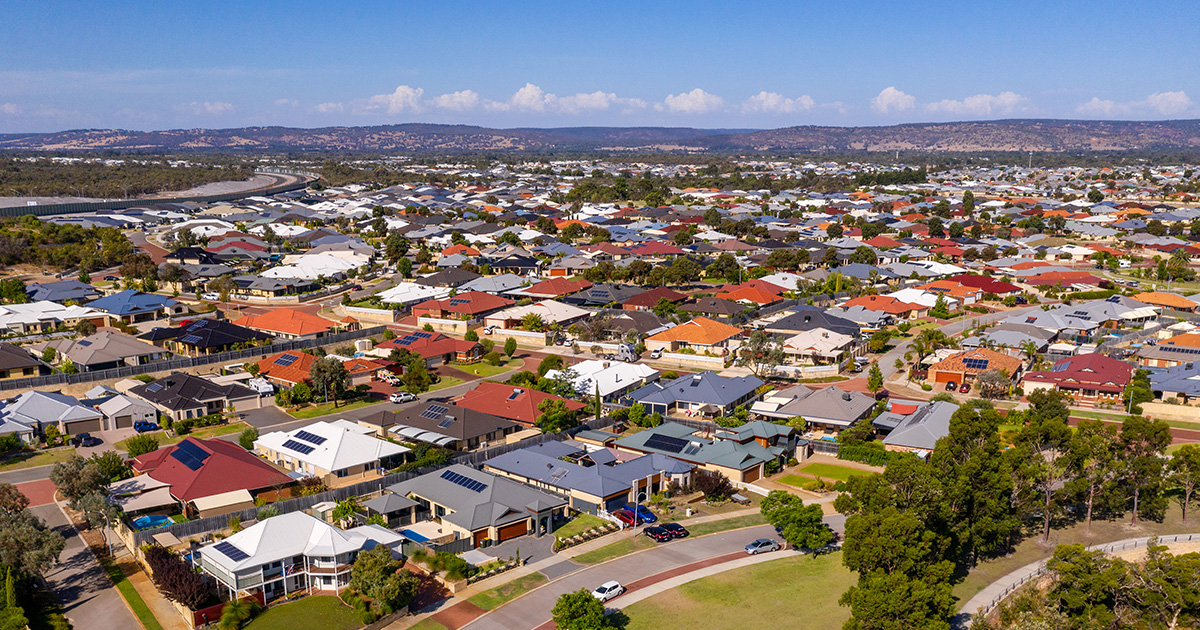Western Australia (WA) has activated its first virtual power plant (VPP) with clean energy company Plico recently notified by the Australian Energy Market Operator (AEMO) to provide additional capacity to the South West Interconnected System (SWIS) through its fleet of integrated solar and battery energy storage systems.
Plico, the retail arm of Perth-based renewable energy company Starling Energy Group, operates a growing fleet of coordinated residential solar and battery systems. The VPP currently has an aggregated battery of more than 9 MWh and on Jan. 30, much of this capacity was made available to the WA grid as soaring temperatures and high demand threatened power system security.
Plico Chief Executive Officer Robbie Campbell said it is the first time a VPP has provided additional capacity to the grid in WA and is one of the most significant contributions made by a VPP nationally.
“This historic event was triggered by increased demand for electricity caused by a heat wave,” he said. “With energy supply shortfalls putting pressure on the WA grid, Plico was contracted by the market operator, AEMO, to provide additional capacity.”
Plico said more than half of its VPP’s power storage capacity was dispatched between 5 p.m. and 7 p.m. on the day to support the grid. This included more than 3 MW in power exported directly to the grid.
Campbell said the VPP, which utilises inverter tech supplied by Brisbane-based Redback Technologies and software provided by Amp X to optimise consumption and dispatch patterns of the distributed energy systems, worked as it is designed to do, providing additional power to offset the high household demand that would have otherwise strained the grid.
“This is exactly what we’ve been working towards since our inception in 2019,” Campbell said. “We estimate that 3 MW powers approximately 1,500 homes who may otherwise have suffered a blackout.”
Driven by near-perfect solar conditions, WA households are embracing renewable energy technology at record rates with an estimated 36% of households having installed rooftop solar. This is equivalent to almost 2 GW of renewable energy capacity, collectively representing the largest source of electricity generation on the SWIS.
While the influx of rooftop solar and other distributed energy resources provides opportunities, it also presents major challenges for the electricity system which was not designed for two-way energy flow.
The state government has previously suggested VPPs could be “the future for electricity in WA” with state-owned electricity providers Western Power and Synergy among those exploring the benefits of VPPs.
Campbell says he’s not sure how many more activations will occur, but is prepared for any emergency. “To be called upon to be part of a fundamental solution to powering our state and help support the transition to clean energy and reach net zero – it’s thrilling,” Campbell said.
This content is protected by copyright and may not be reused. If you want to cooperate with us and would like to reuse some of our content, please contact: editors@pv-magazine.com.









By submitting this form you agree to pv magazine using your data for the purposes of publishing your comment.
Your personal data will only be disclosed or otherwise transmitted to third parties for the purposes of spam filtering or if this is necessary for technical maintenance of the website. Any other transfer to third parties will not take place unless this is justified on the basis of applicable data protection regulations or if pv magazine is legally obliged to do so.
You may revoke this consent at any time with effect for the future, in which case your personal data will be deleted immediately. Otherwise, your data will be deleted if pv magazine has processed your request or the purpose of data storage is fulfilled.
Further information on data privacy can be found in our Data Protection Policy.